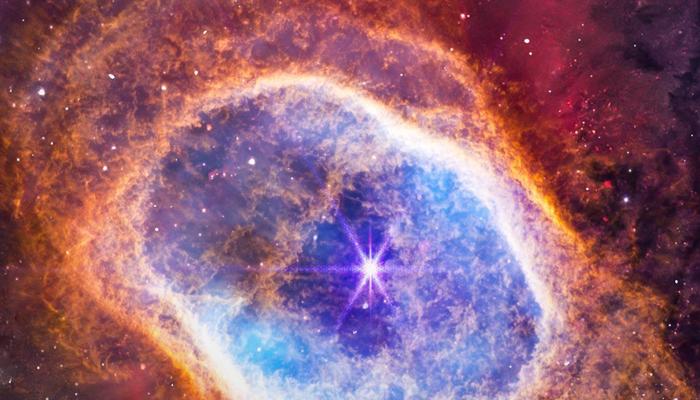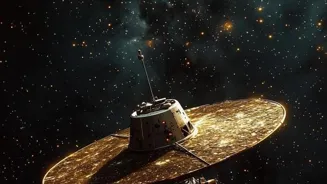Dive into the world of Cosmic Rays - Discover the Universe's hidden secrets with 7 key insights. Read on for an eye-opening exploration!
Bangalore: For centuries, we have gazed at the night sky, wondering
about the vast expanse beyond our planet. While telescopes have given us glimpses into distant galaxies, much of the universe remains a mystery. But what if the key to understanding the cosmos was raining down on us right now?
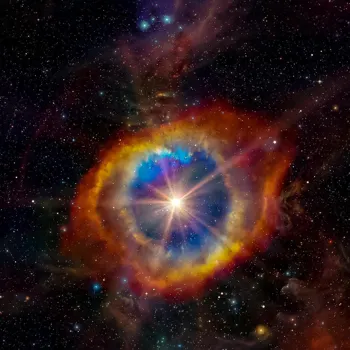
Enter, cosmic rays – high-energy particles bombarding Earth from all directions. These aren't just random space debris; they are messengers from the distant universe, carrying valuable information about the most energetic and cataclysmic events occurring far beyond our solar system.
Scientists in India, along with researchers worldwide, are working tirelessly to decipher the secrets hidden within these cosmic messengers.
Their research is uncovering groundbreaking insights into the origin of the universe, the nature of dark matter, and the extreme environments that give rise to these high-energy particles.
This article explores seven key insights that cosmic ray research is providing to help us understand the Universe.
Tracing the Origins of Cosmic Rays: Pinpointing the Sources:
For decades, scientists have been trying to figure out where cosmic rays come from. Unlike light, cosmic rays are charged particles, which means their paths are deflected by magnetic fields as they travel through space. This makes it difficult to trace them back to their origin.
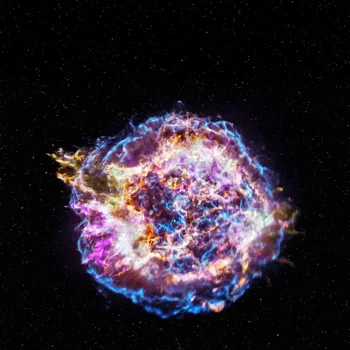
However, by studying the energy and composition of cosmic rays, researchers are getting closer to identifying their sources. Supernova remnants, the expanding remains of exploded stars, are believed to be major contributors.
The shockwaves from these explosions can accelerate particles to incredible speeds, giving them the energy they need to travel across vast interstellar distances.
Other potential sources include active galactic nuclei (AGN), which are supermassive black holes at the centers of galaxies that emit enormous amounts of energy. Understanding the precise mechanisms by which these sources produce and accelerate cosmic rays is a major focus of current research.
The Indian Astronomical Observatory high in the Himalayas, along with international collaborations, plays a crucial role in this endeavor by studying the high energy cosmic rays.
Probing the Extreme Environments of the Universe
Cosmic rays are born in some of the most extreme environments in the universe, places where temperatures and pressures are far beyond anything we can experience on Earth.

By studying the properties of cosmic rays, scientists can indirectly probe these environments and learn more about the physical processes that occur within them.
For example, the energy spectrum of cosmic rays – the distribution of particles at different energies – provides clues about the acceleration mechanisms at work in supernova remnants and AGNs.
The composition of cosmic rays – the relative abundance of different elements and isotopes – can also reveal information about the composition of the source regions and the processes that occur during particle acceleration.
Also, by analyzing the highest energy cosmic rays, those extremely rare particles with energies millions of times greater than what can be achieved in Earth-based accelerators, scientists are probing the very limits of physics.
Unveiling the Secrets of Dark Matter:
Dark matter, the invisible substance that makes up about 85% of the mass in the universe, remains one of the biggest mysteries in modern physics. While we cannot see dark matter directly, we know it exists because of its gravitational effects on visible matter.
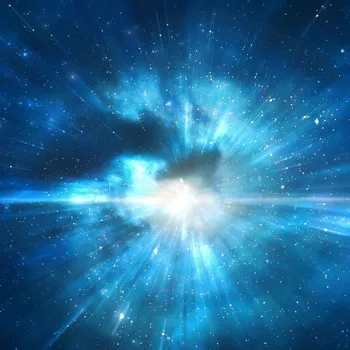
The search for dark matter particles is one of the most active areas of research in particle physics and cosmology. Cosmic rays can play a role in this search by providing indirect evidence for the existence of dark matter.
Some theoretical models propose that dark matter particles can annihilate or decay, producing ordinary particles that can be detected as cosmic rays. An excess of certain cosmic ray particles, such as positrons or antiprotons, could be a signal of dark matter annihilation.
While no definitive evidence has yet been found, scientists are carefully analyzing cosmic ray data for evidence of dark matter signals. Indian scientists have been at the forefront of this research, utilizing state-of-the-art detectors to search for these elusive signals.
Understanding the Interstellar Medium:
As cosmic rays travel through space, they interact with the interstellar medium (ISM), the diffuse gas and dust that fills the space between stars. These interactions can alter the composition and energy spectrum of cosmic rays, providing valuable information about the properties of the ISM.

For example, the abundance of certain rare isotopes in cosmic rays, such as beryllium-10, can be used to estimate the density of the ISM along the cosmic ray's path. Also, the energy dependence of the cosmic ray propagation can reveal the structure and strength of the magnetic fields in the ISM.
Understanding the ISM is crucial for understanding the evolution of galaxies and the formation of stars. Cosmic rays provide a unique tool for probing the ISM on large scales, complementing other observational techniques such as radio astronomy and optical imaging.
Exploring the Heliosphere
The heliosphere is the bubble-like region of space surrounding our solar system created by the solar wind, a stream of charged particles emitted by the Sun. The heliosphere shields our solar system from the full intensity of interstellar cosmic rays.
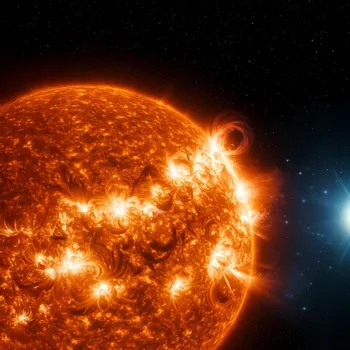
As cosmic rays enter the heliosphere, they are affected by the solar wind and the Sun's magnetic field. Studying how cosmic rays are modulated by the heliosphere can provide insights into the structure and dynamics of this region.
For example, changes in the intensity of cosmic rays can be used to monitor solar activity and predict space weather events. Space weather can disrupt satellite communications and even damage electrical grids on Earth.
Also, studying the heliosphere helps to understand the interaction between our solar system and the local interstellar medium.
Cosmic Rays and the Earth's Atmosphere
When cosmic rays enter the Earth's atmosphere, they collide with air molecules, creating showers of secondary particles. These particle showers spread out over a large area and can be detected by ground-based detectors.

Studying these atmospheric showers provides a way to measure the energy and direction of the incoming cosmic rays. These studies also help to understand the interactions of high-energy particles with matter, which is essential for testing fundamental physics theories.
The study of air showers has led to the discovery of new particles and phenomena in particle physics. Further, these showers can also affect the chemical composition of the atmosphere, and may even play a role in cloud formation. All these are being studied for the past several years.
The Future of Cosmic Ray Research: New Discoveries Await
Cosmic ray research is a field that is constantly evolving, with new discoveries being made all the time. As technology advances, scientists are developing new and more sensitive detectors to study cosmic rays with greater precision.
These advancements are enabling them to probe the universe to new distances and energies, and to address fundamental questions about the origin and evolution of the cosmos. One major focus is on improving our understanding of the sources of cosmic rays, particularly the highest energy particles.
Future experiments aim to pinpoint the locations of these sources and to unravel the mechanisms by which they accelerate particles to such incredible speeds. Also, the search for dark matter using cosmic rays and further studies of the heliosphere, will continue.
Through continued research and collaboration, scientists hope to solve many of the mysteries surrounding cosmic rays and to unlock secrets of our Universe.
AI Generated Content. Glance/InMobi shall have no liability for the content